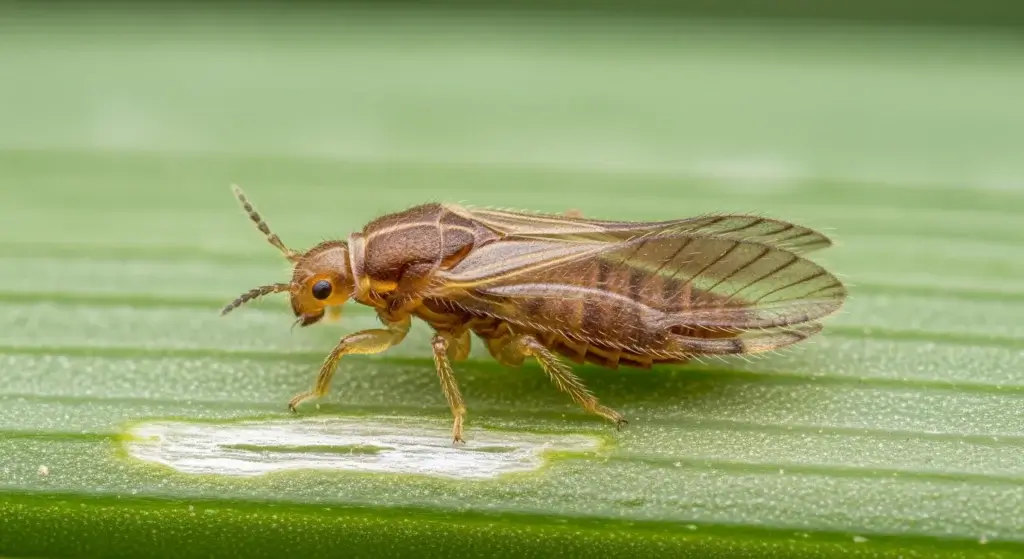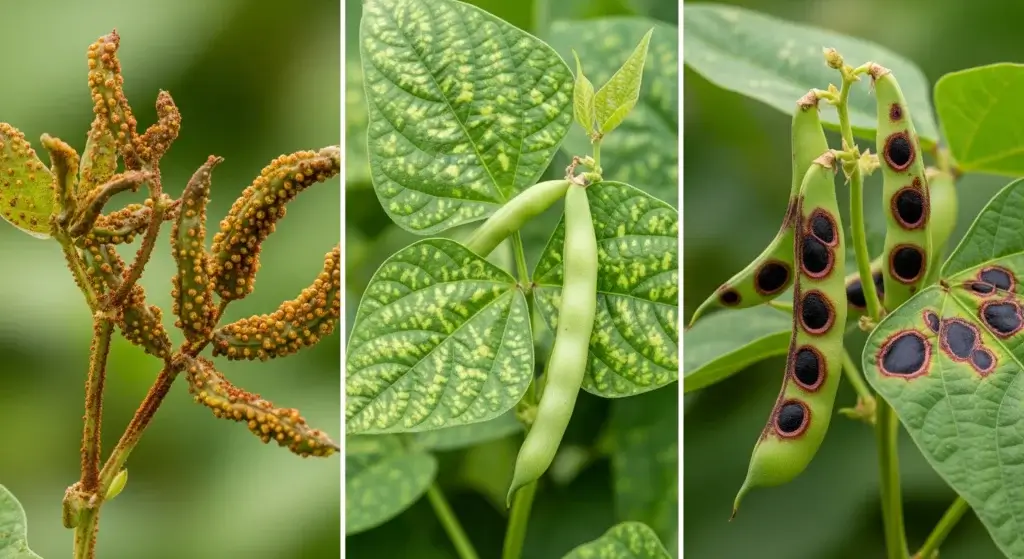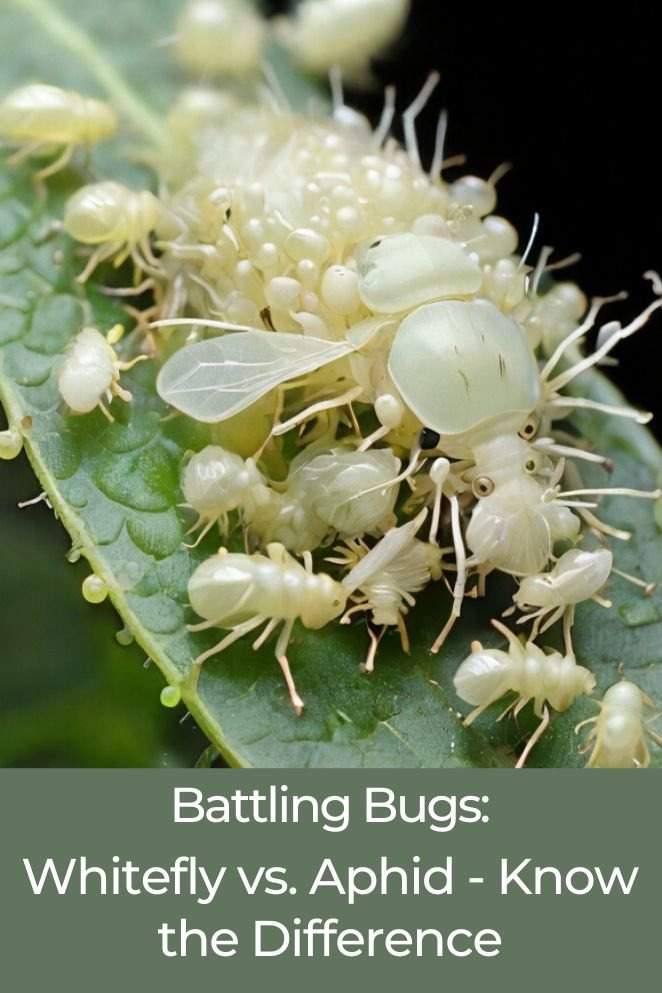
In the world of gardening, whiteflies and aphids are two common pests that can wreak havoc on your plants.
While they may seem similar at first glance, these tiny invaders have distinct characteristics and behaviors.
In this comprehensive guide, we will delve into the world of whiteflies and aphids, exploring their appearance, life cycles, feeding behaviors, and the key differences between the two.
Additionally, we will provide practical tips on how to battle these tiny troops using organic and cultural control methods, as well as insecticides as a last resort.
Whiteflies
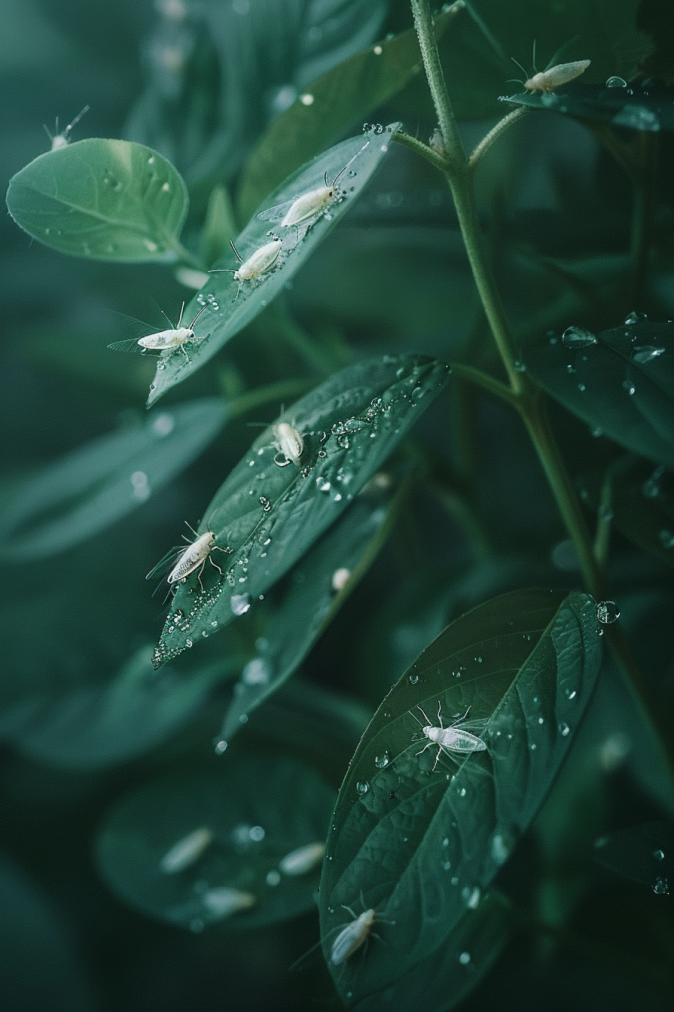
Appearance
Adult whiteflies are 1-2mm long, triangular, and have large wings swept back from the head.
They are often described as resembling tiny white moths.
Whitefly nymphs are oval, pale yellowish-green, and hairy, resembling scale at first glance.
- Read also: A Guide to Whitefly Control on Vegetables
- Read also: Whitefly Damage Symptoms
Life cycle
Whiteflies prefer warm and moist conditions and are often found on the underside of leaves.
They produce large amounts of honeydew as waste, which can lead to the development of sooty mold and other fungal infections.
Feeding behavior
As they feed, whiteflies add digestive enzymes to the plant’s system, weakening the plant and reducing its resistance to disease.
They can also spread viruses and other pathogens as they move from plant to plant.
Common host plants
Whiteflies can infest a wide range of plants, with tomatoes and members of the cabbage family being particularly at risk.
They also target peppers, squash, cucumbers, okra, beans, sweet potato, orchids, begonia, chrysanthemums, and asters.
Aphids
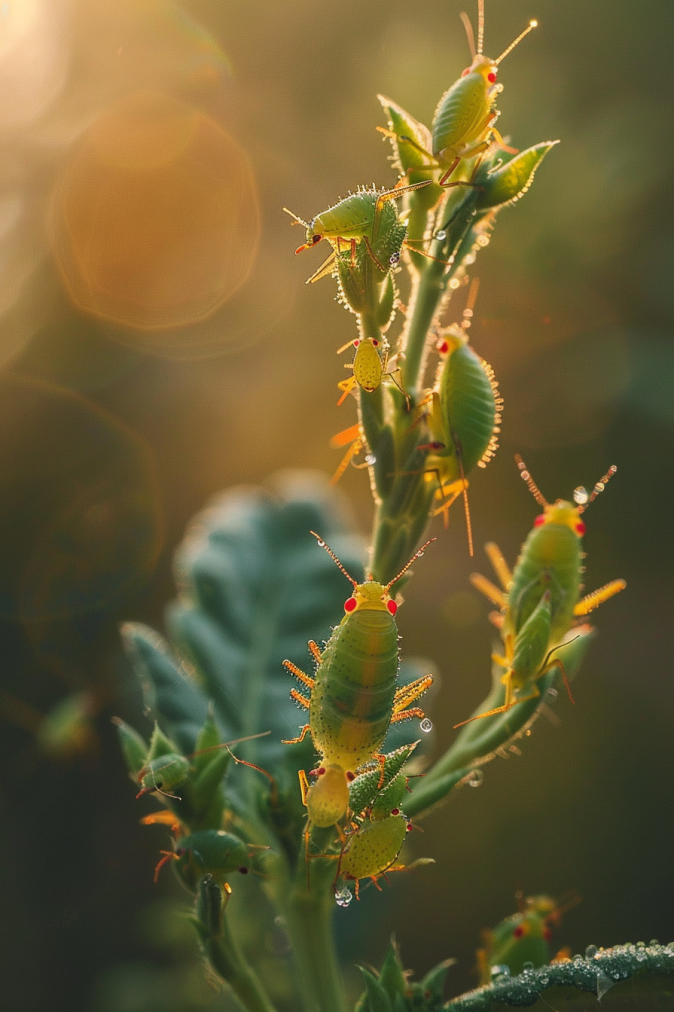
Appearance
Aphids are semi-microscopic pests that come in various colors, including red, yellow, black, or brown.
They have pear-shaped bodies equipped with long legs, two rear cornicles, and a set of antennae.
Life cycle
Aphids are seasonal pests that peak when conditions are ideal and then usually abate.
They feed in large groups and can quickly populate a plant.
They also leave behind a secreted sticky residue on plants called honeydew, which attracts other insects, such as ants.
Feeding behavior
Aphids pierce the plant’s tissue to suck out vital juices, which can cause significant damage.
They also transmit viruses to their food sources while feeding.
Common host plants
Aphids dine on a variety of items in the garden, including fruits, buds, flowers, stems, and roots.
They are commonly found on pumpkins, cucumbers, squash, zucchini, tomatoes, eggplant, capsicum, and chili.
Key Differences: Whitefly vs. Aphid
To better understand the differences between whiteflies and aphids, let’s compare them based on visual, movement, honeydew, and types of damage:
| Characteristic | Whitefly | Aphid |
| Visual | Tiny, triangular, white moth-like |
Semi-microscopic, pear-shaped, various colors
|
| Movement | Flutter when disturbed, then return to feeding |
Slow-moving, often in large groups
|
| Honeydew | Produces large amounts as waste, leading to sooty mold |
Leaves behind a secreted sticky residue, attracting other insects
|
| Types of Damage | Weakens the plant, reduces resistance to disease, spreads viruses |
Pierces plant tissue, transmits viruses, causes significant damage
|
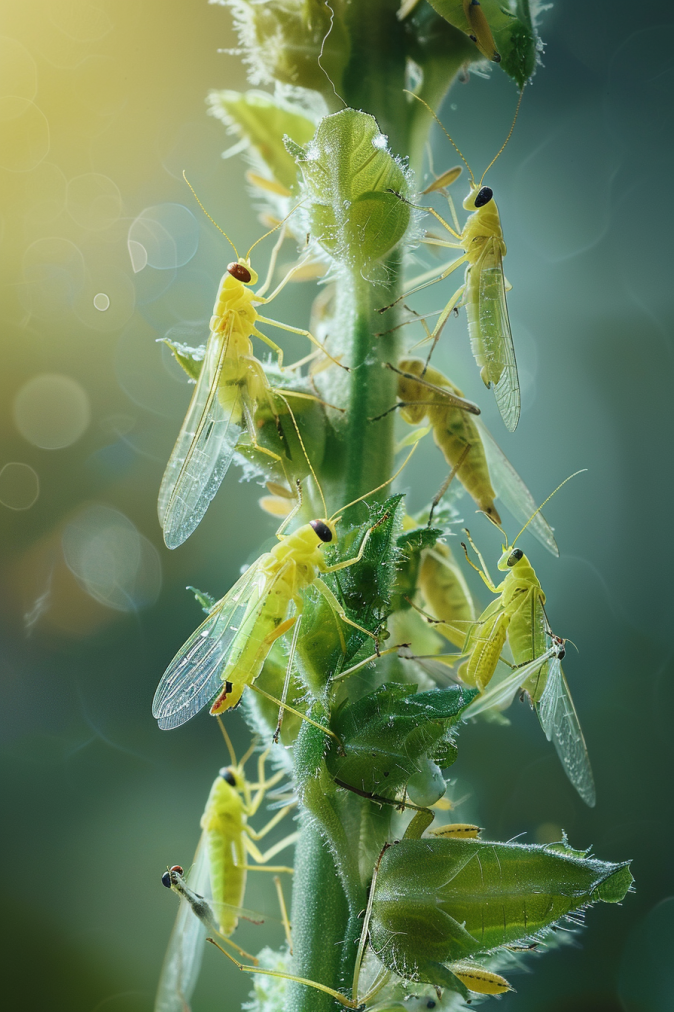
How to Battle Those Tiny Troops
When dealing with the pesky challenges of whiteflies and aphids, there are various effective methods to employ:
Organic methods
- Natural predators: Introduce beneficial insects like ladybugs, lacewings, or hoverflies to your garden. They act as natural predators, helping control whitefly and aphid populations.
- Insecticidal soap: Utilize a diluted solution of insecticidal soap to spray affected plants. This organic approach effectively manages pests without harming the environment.
- Neem oil: Apply neem oil, a natural spray, to deter and eliminate pests. It serves as an eco-friendly option to keep your plants healthy.
- Water spray: Knock off whiteflies and aphids by using a strong stream of water. This mechanical control method is a simple yet effective way to reduce pest numbers.
Cultural controls
- Companion planting: Attract beneficial insects by incorporating specific flowering plants through companion planting. This encourages a natural balance in your garden ecosystem.
- Row covers: Shield young plants from initial infestations by using row covers. This protective measure helps prevent pests from reaching vulnerable plants.
- Pruning: Remove heavily infested leaves or branches through pruning. This not only eliminates pest hotspots but also promotes overall plant health.
Insecticides (last resort)
- Selective products: If all else fails, choose insecticides specifically labeled for whiteflies or aphids. Exercise caution and strictly follow application instructions to avoid harm to beneficial insects and ensure your safety.
Conclusion
Though whiteflies and aphids may share similarities, it’s crucial to recognize their distinct characteristics and behaviors.
This understanding becomes the foundation for implementing effective control methods to safeguard your plants from these small invaders, ensuring the vitality of your garden.
By grasping the nuances between these pests and adopting appropriate measures, you establish a defense that promotes a healthy and thriving garden environment.
- Read also: A Guide to Natural Aphid Prevention
- Read also: Aphid Repellent Plants

